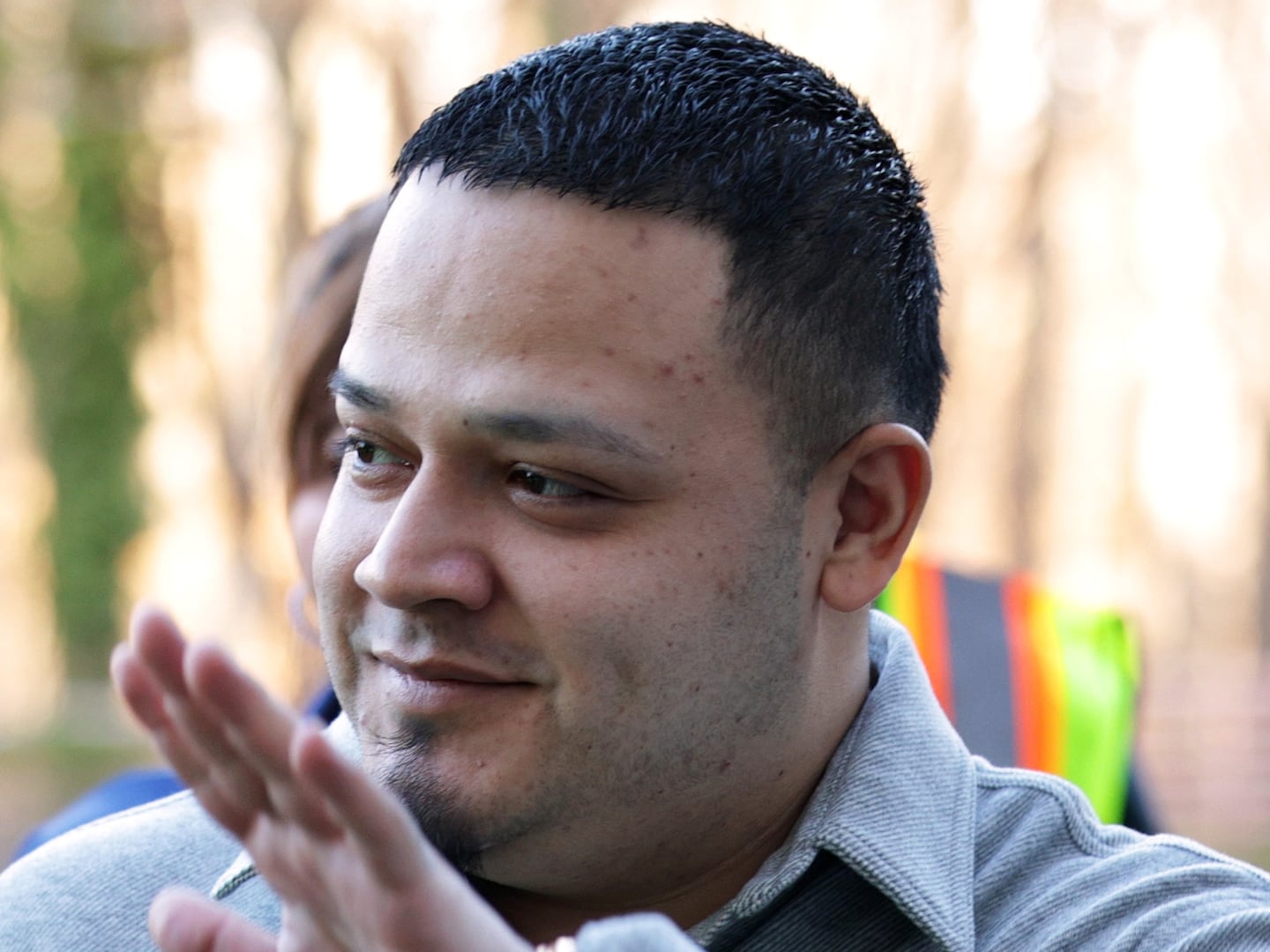Yeasts are microscopic factories. Microbiologists have understood for a long time that these single celled organisms have the ability to eat sugars and turn them into a slew of useful materials like penicillin, clothing dyes, alcohol, even biofuels. And they live just about everywhere—from the air to yogurt to your gut.
But these teeny tiny production facilities are not as well understood as one might think. Humans mostly only have relationships with two species of yeast: the kinds that make beer and bread, and others that cause thrush and yeast infections.
But there are 1,500 different species of yeast on Earth and—though we are using some for industrial purposes—there is a huge potential in undiscovered yeast abilities.
Microbiologist Anne Madden, working with colleagues in the Rob R. Dunn Laboratory at North Carolina State University, is on the hunt for yeasts that could be useful to humans in producing new products. And the best yeast hunters they’ve found so far turn out to be bees and wasps.
“Microorganisms are exceptionally good at creating molecules. They’ve spent millions of years evolving ways of producing new and diverse molecules while other creatures have been busy evolving wings, or claws, or teeth, or cat videos,” Madden says. “We overlook them often because they’re very small and the things they produce are invisible. But that doesn't mean they’re not powerful. The natural products they make have the ability to create large changes.”
Yeast create substances like biofuels (ethanol, specifically) by eating things in their environment and expelling useful products as waste. Most often, yeast love to eat sugars. And that’s where the team’s insect hunters come in. In a relatively recent discovery, researchers have found that insects with a sweet tooth appear to be attractive spots for yeasts to hang out.
“It’s increasingly looking like wasps might be aircraft carriers for the yeasts and bringing them to different sources,” she says.
They also seem to be a good place for yeasts to survive cold winters. And, though yeasts can be transported in the wind, hanging out on a bee or a wasp that is pollinating flowers gives the microorganisms a much more direct and targeted route to the sugars they love.
So Madden and her team are collecting sugar-loving bees and wasps and creating a library of the yeasts they’re finding on them. Then they test their genetics, physiology, and chemical output to see which are the most interesting. Madden says she hasn’t had to go far to find their samples: “There’s wasps nests at my parents’ houses. In those wasp nests we’ve found new species. It’s remarkable what species exist right around us that we don’t know about yet.”
They’ve found several yeasts that have similar properties to saccharomyces cerevisiae, also known as brewer’s yeast. It was a revelation that, perhaps, there might be more options for beer making in the future. “It revealed this idea that maybe we haven’t been using the best yeast but we thought we did because didn’t have other ones to compare it to,” she says.
And though beer-bettering was the easiest place to start with commercialization of new yeasts, Madden says that there is potential for other yeast outputs, including biofuel. After all, they’ve only been at this for about three years. “We have identified new yeasts that produce biofuels. We haven't yet explored them as they compare with industry standard,” she says. With 1,500 species to choose from, the future of yeast and its ability to help the world is looking bright.






